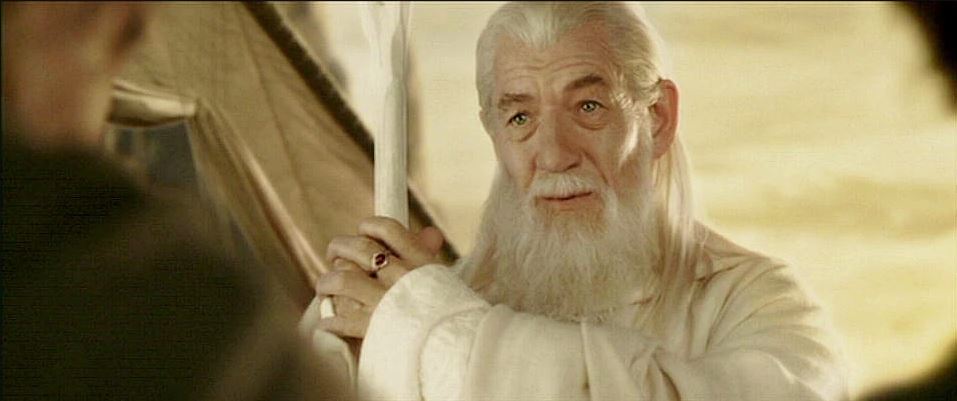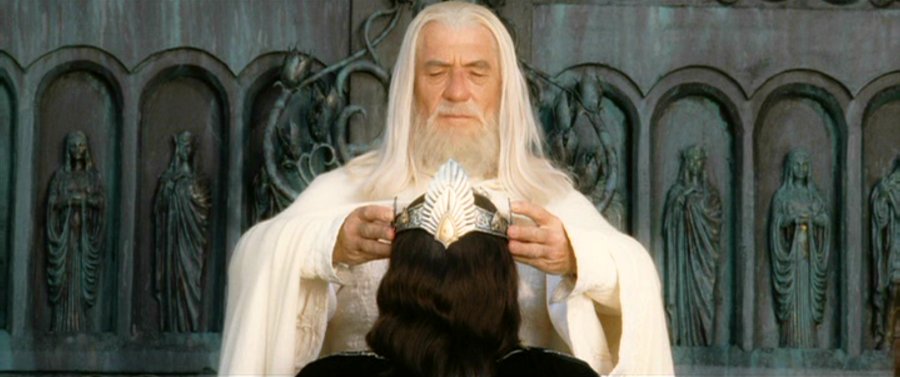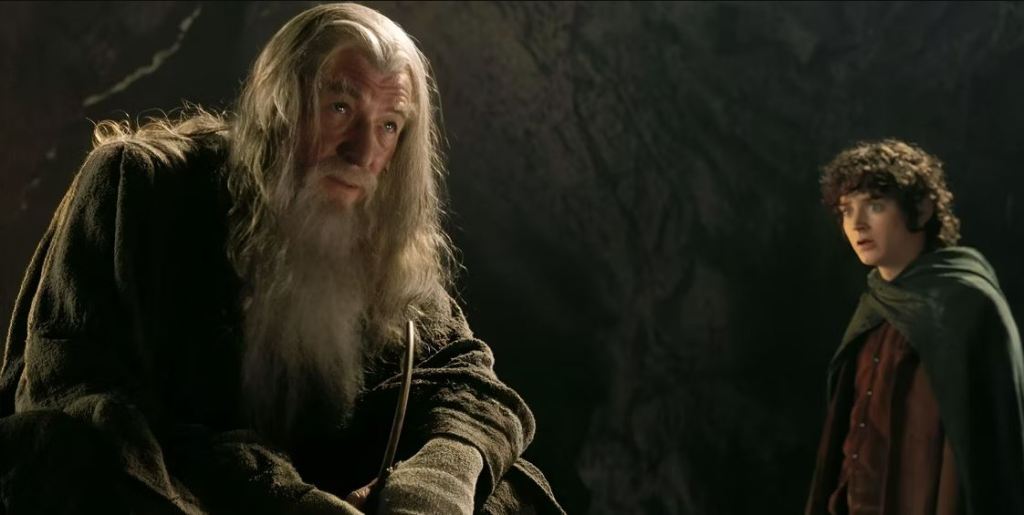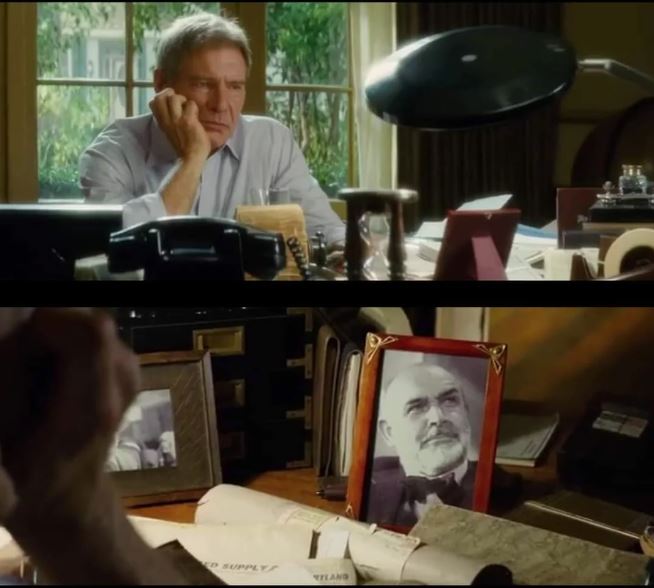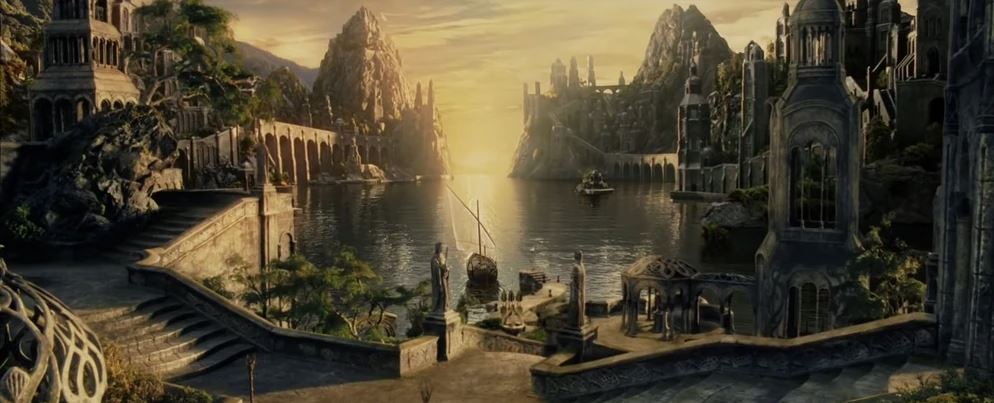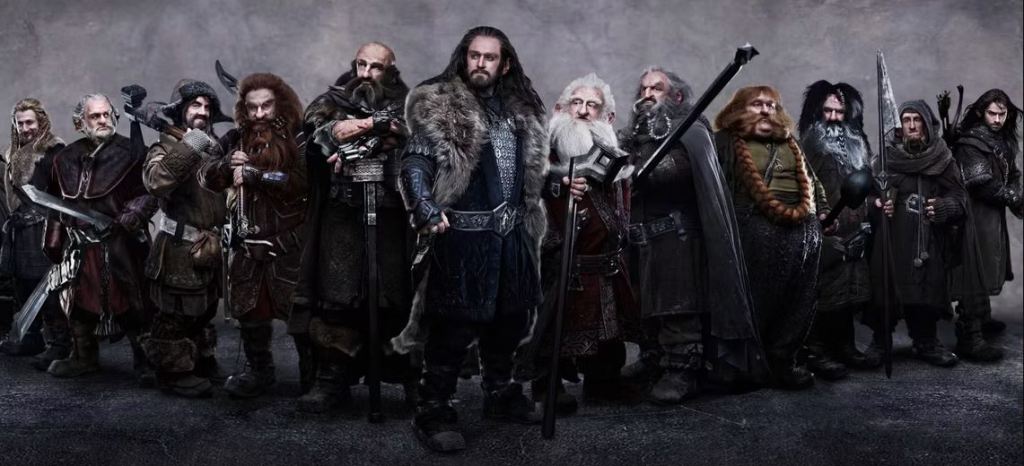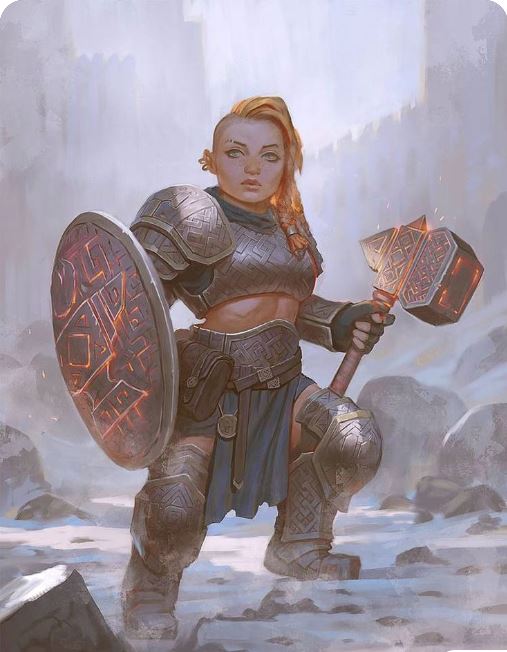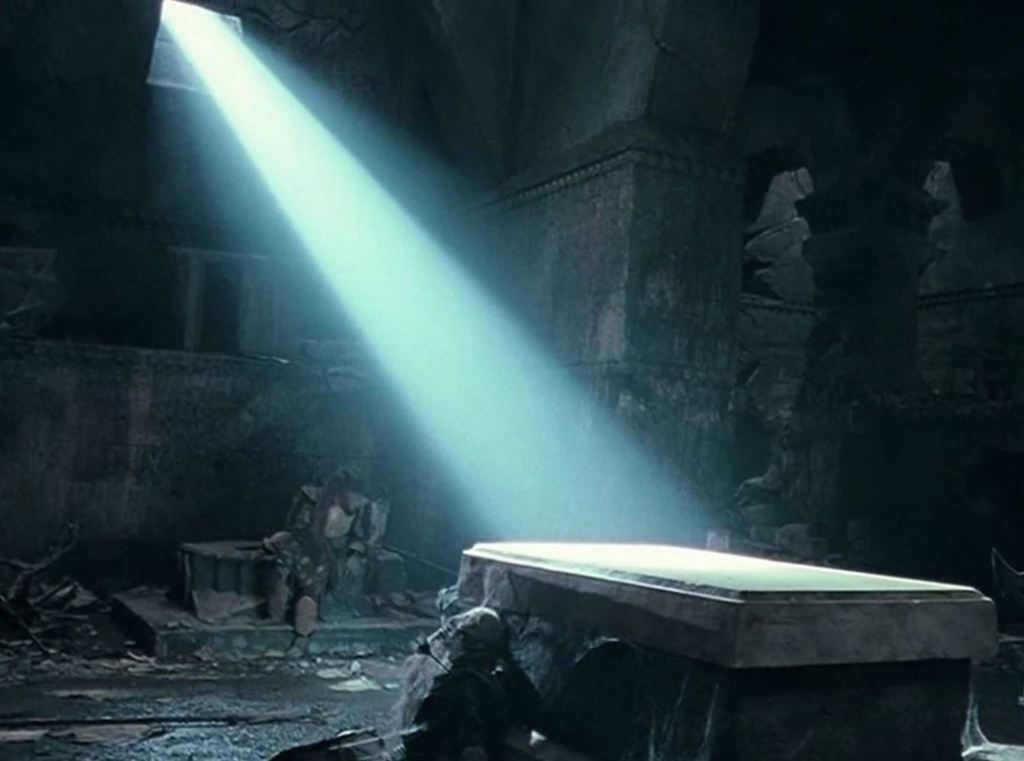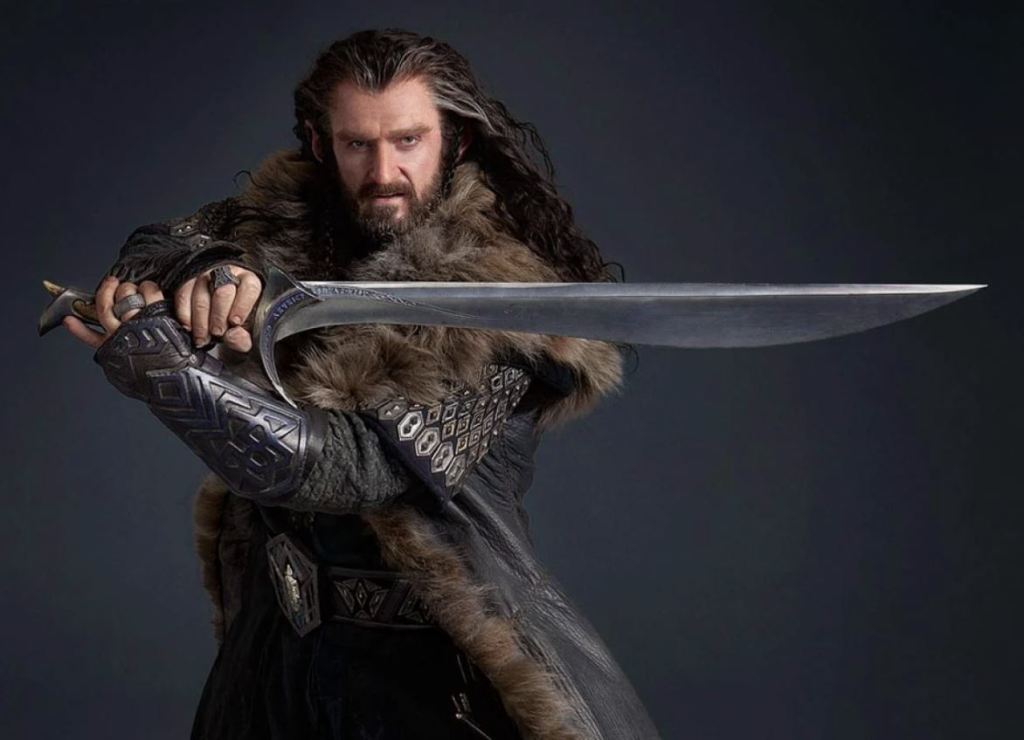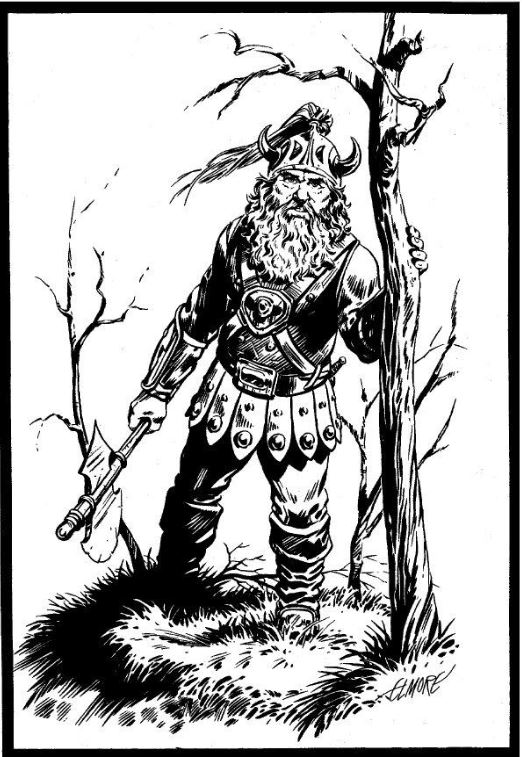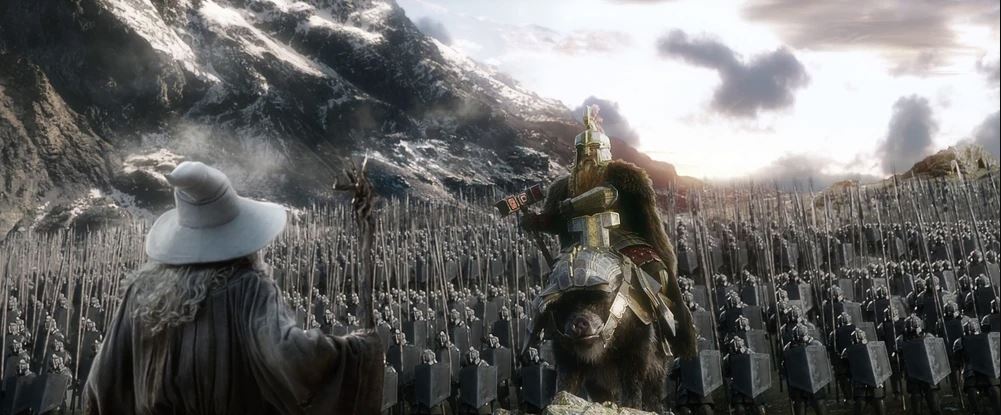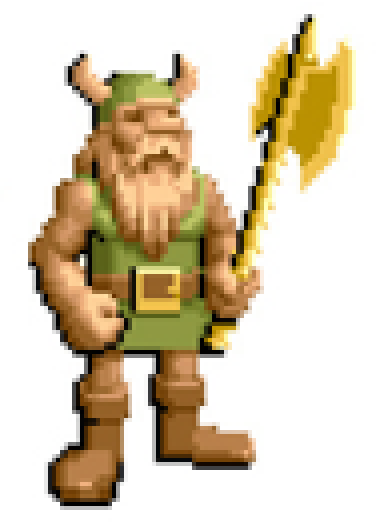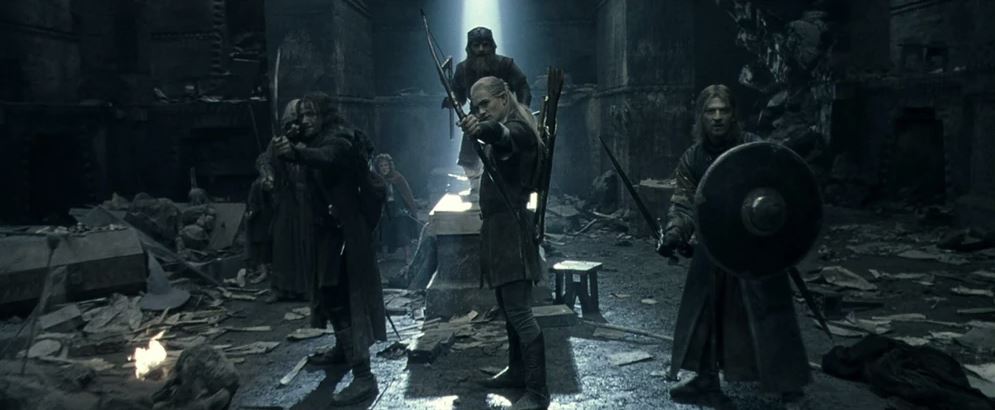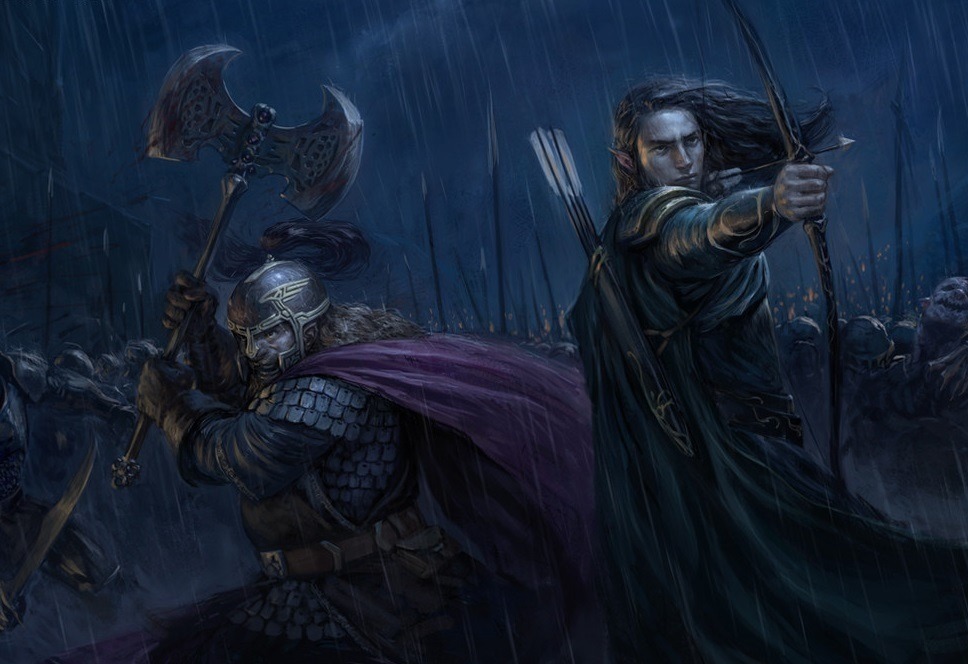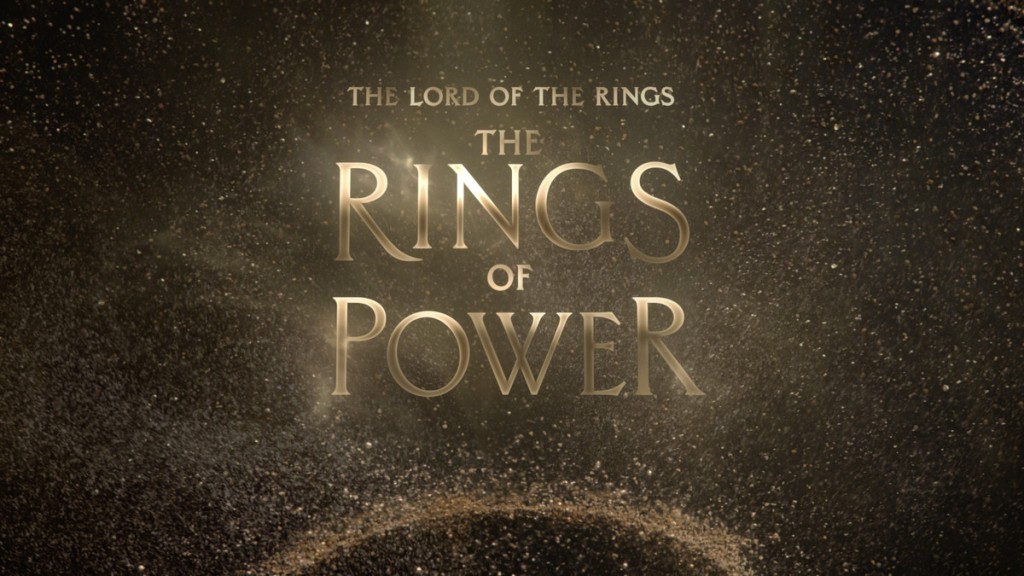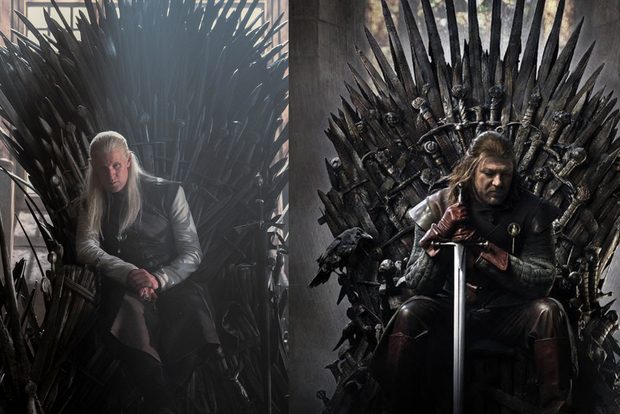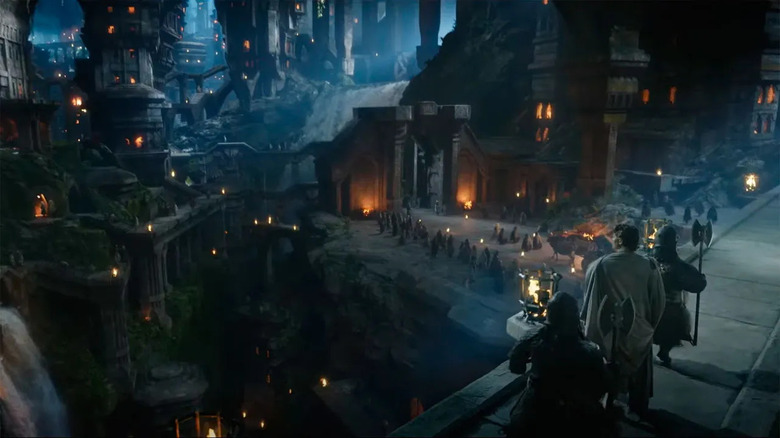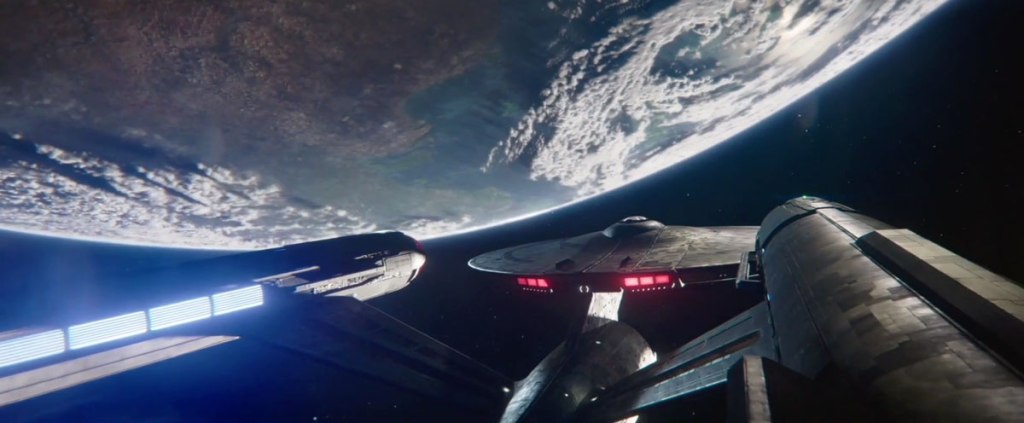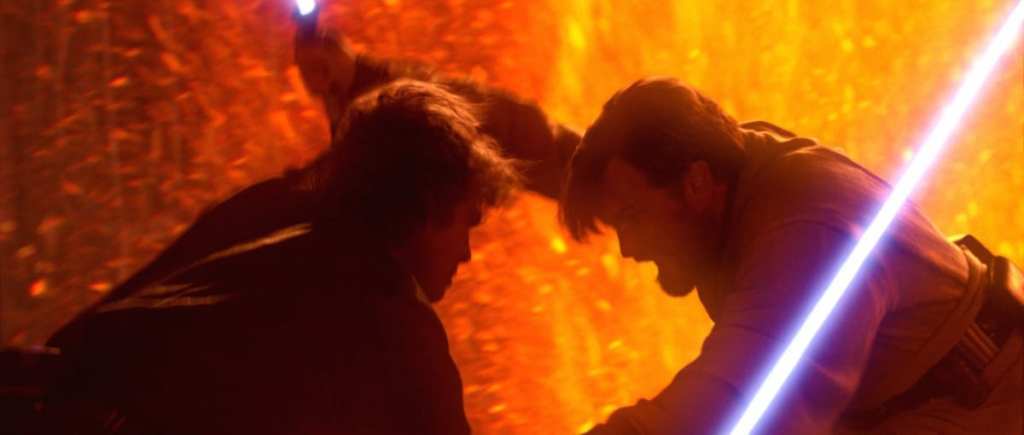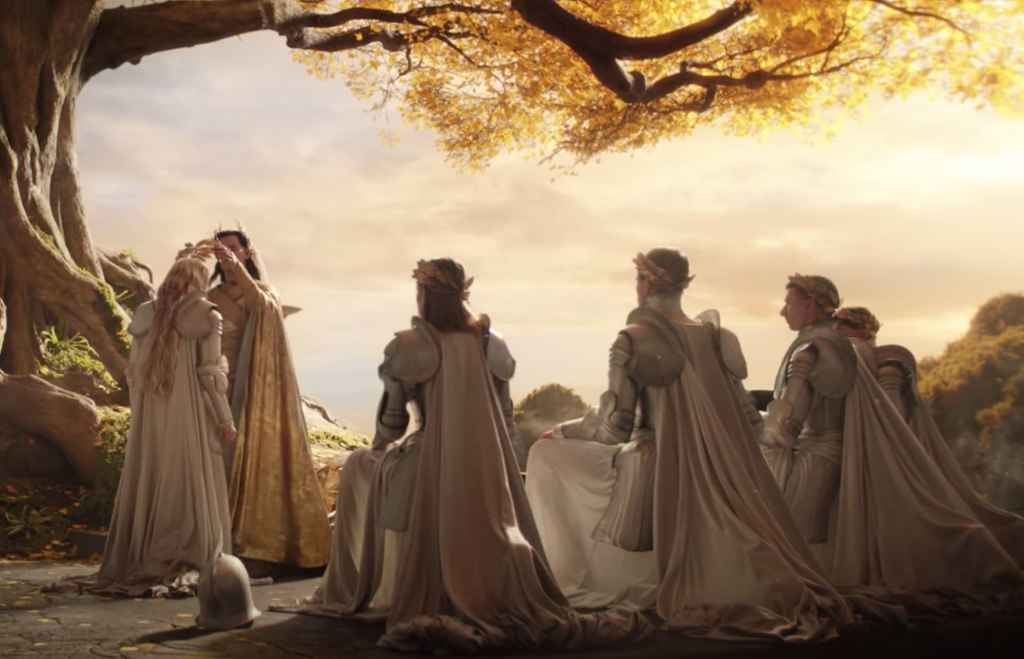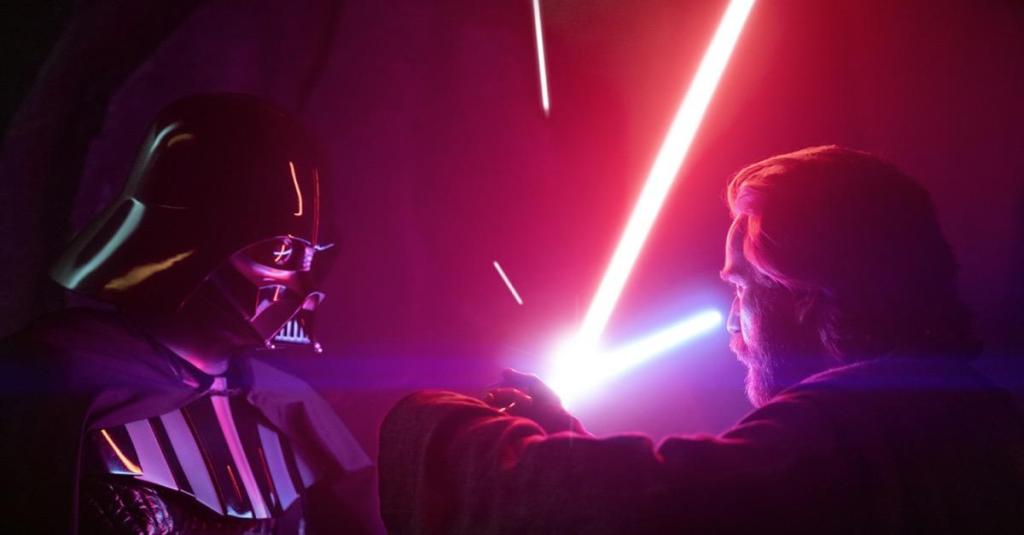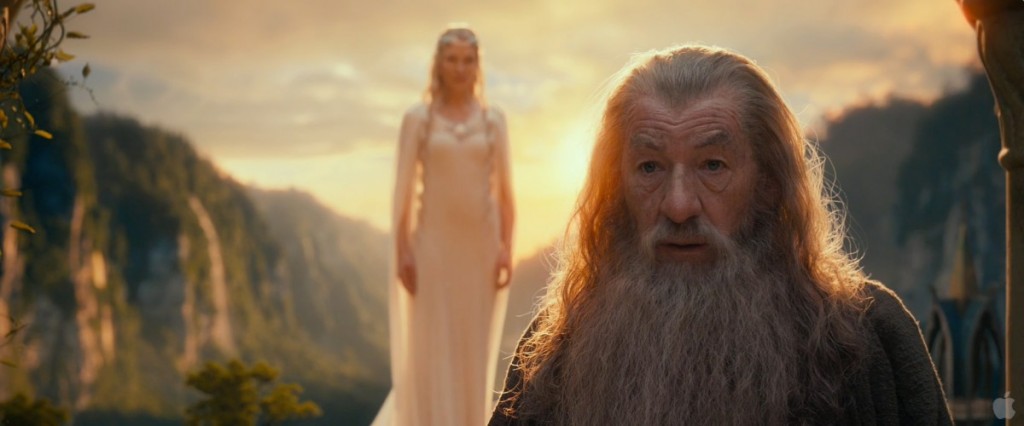Folks, I have to say upfront that is a blog post I had hoped I wouldn’t have to write for many more years to come. Back in 2020, I wrote a post about my godmother when she passed away that talked about what a genuinely cool person she was and how she facilitated my interest in Transformers. A few weeks ago, her beloved husband, my godfather Jim, joined her in the great beyond. My earlier blog served as a sort of eulogy for her, which helped me come to terms with her loss; this one is in remembrance of him, which I hope will serve in a similar capacity.
Like with my godmother, it’s tough to really express how much an influence he was on my life. Growing up, it was like having a third grandfather. Functionally, that’s what he was, though we weren’t blood related. My godparents took me into their lives at such an early age that I don’t remember it. They have simply always been there.
So, yeah, I’m in that phase of grief where I’m trying to understand a world that doesn’t have Jim in it. He remains one of the smartest and wisest people I’ve ever known. He served as my lifelong mentor, my moral compass, and so much more. Like my godmother, he was a pretty interesting person. He was a builder and an engineer, a natural leader, a teacher, an orator, and SCUBA instructor. In fact, when I learned how to dive, he was the one who taught me — just one of the many life skills he imparted to me over the years.
Also like my godmother, he helped fuel my interest in Transformers. He was responsible for many of the bigger sets that I received over the years, including Omega Supreme, Jetfire, Megatron, Metroplex, and (most notably) Sixshot, which he got me for my birthday.
His job often took him to Dallas, where he would scour the various Toys R’ Us stores in search of toys for me. He didn’t stop at Transformers, either. Other toy lines like M.A.S.K., Starriors, and Voltron were among the ones he found for me. I’m lucky enough to have kept many of those gifts from him, which are even now on shelves in my office as I write these words.
Of Santa Claus and Child-Like Wonder
On the subject of gifts, this was the man that I literally thought was Santa Claus when I was a young child. He used to tell me in passing that he was secretly Santa, and I thought he was joking. Jim had lost part of his right index finger in an accident years before I was born. This detail will be important momentarily.
Well, when I was about three or four, my godmother took me to see Santa just a few weeks before Christmas. When it was finally my turn to approach, Santa greeted me by name. That seemed pretty on brand for Santa, keeping in mind that I didn’t think this was just a guy in a suit, I thought this was the Santa Claus I was going to see. He seemed to know all about me, which also seemed to track.
It was only when I looked down at his hand that realized I that Santa was also missing that part of his index finger. It all clicked in my mind. I had my “Wait, you ARE Santa!” moment. From that point until one of my cousins (I won’t say which one) spoiled the whole Santa-isn’t-real deal for me a few years later, I was convinced I actually knew Santa personally.
Even though his persona as Santa eventually faded into the background, my esteem for him forever remained at that level.
Of Aragorn and the Halls of Mandos
A few months ago, I wrote a post about fantasy Dwarves and why I think they are so cool. In it, I mentioned the group Clamavi de Profundis, who have perfected the art of the Dwarven Song. They have adapted many of Professor Tolkien’s poems into songs. This also includes Aragorn’s Coronation song that we hear at the end of Peter Jackson’s Return of the King.
They start with the poem itself, but after the first recitation, a young woman’s voice sings the “All That Is Gold” poem in Tolkien Elvish that’s both beautiful and haunting, sounding like something right out of a Howard Shore score. Then, we get a reprise of the coronation poem, only this time other voices raise up to join the main voice. If you watch the video, it is implied that these are Aragorn’s forebears, his ancestors becoming a chorus to own Aragorn’s recitation, as though they were lending the newly crowned King Elessar some of their strength from beyond the veil of death.
I listened to this song after I found out that Jim was gone, and it really affected me. It took a few days to recognize this catharsis when it came, but I think I have an understanding of it now. To some degree, what was true of Aragorn in that song is true is true of Jim and me now. I won’t get into the existence or non-existence of an afterlife here, but regardless of the metaphysics involved, part of Jim’s legacy includes all the life lessons that he taught me, the wisdom that he imparted. In a very real sense, I am the man I am today because of him. Those lessons echo now in the present.
Like I said, he was a teacher. Since he is no longer here to guide me on my life’s journey, I must continue to put into practice the principles and philosophy that he gave me. What remains now is to see if I can uphold them with as much vigor and character as Jim did. It’s a tough act to follow, let me tell you.
While I would have loved to have him around for much longer, the truth is that no amount of time would have been enough. I would always have wanted more. And though it is hard to accept, I must content myself with the time we did have together. If that last bit reminds you a bit of Gandalf’s “So do all who live to see such times” speech in Fellowship of the Ring, it’s not a mistake. Right now I’m living the part about deciding what to do with the time that is given to you.
Of Inevitable Partings
While I did not care very much for Indiana Jones and the Kingdom of the Crystal Skull, there was one scene that really spoke to me. Indy sits down at his desk while packing for his next adventure. He stares at a one photo of his father, Henry Jones Senior, and and another of his long-time friend, Marcus Brody. His friend, Charles Standforth (played by the wonderful Jim Broadbent), says, “We seem to have reached the age where life stops giving us things and starts taking them away.”
Now I’ve reached the age where the titans of my youth have started to fade away. We are all subject to the inescapable march of time. It is our fate to eventually say good-bye to everyone around us, or they to us. The inevitability of these partings does little to prepare us when they happen, though. I knew that Jim would, someday, be gone, but I’m struggling with just how much his loss affects me now that the day in question has finally arrived.
Now it’s not some dim and distant theoretical future. Look, I certainly don’t have a monopoly on grief. We all have to go through this at some point in our lives. But I’ll be damned if it isn’t an emotional gut-punch each and every time. It sucks, and the only way forward with grief is through.
But I suppose that is the price we pay for loving others, isn’t it? If we didn’t care, there would be no pain at times like this. As much as the grief I feel now weighs upon me, as much as it feels like there’s a hole in my heart, if I must now endure these dark days to have enjoyed so many years previously with Jim in my life, then so be it.
Final Thoughts
Whether for good or for ill, 2024 will go down as a year of transition for me on many levels. Some of this change has been welcome, though not without its own challenges. Other parts of it, like this loss and others, have been devastating. They’ve definitely left their mark on me.
Circling back to Gandalf for a moment, at the parting of the Grey Havens, he tells the assembled hobbits, “I will not say: do not weep; for not all tears are an evil.” I have to keep reminding myself of that fact.
This just serves to underscore that we should be present for each other in the time we do have together. In the hustle and bustle of daily life we can often lose sight of that fact. I know that happens to me, but the truth is life is temporary, impermanent, a limited-time engagement, so enjoy it.
If you love someone in your life, tell that them — often. Keep on telling them that. If it’s been a while since you’ve connected with someone you care about, reach out to them. If there’s a grudge you can let go of, do it. I guess what I’m trying to say is this: Life is short, so love with all your heart.
True, one of these days, we’ll have to say that final good-bye, but that time has not yet come. So, let’s make the most of it until then, okay?
Thanks for reading.
